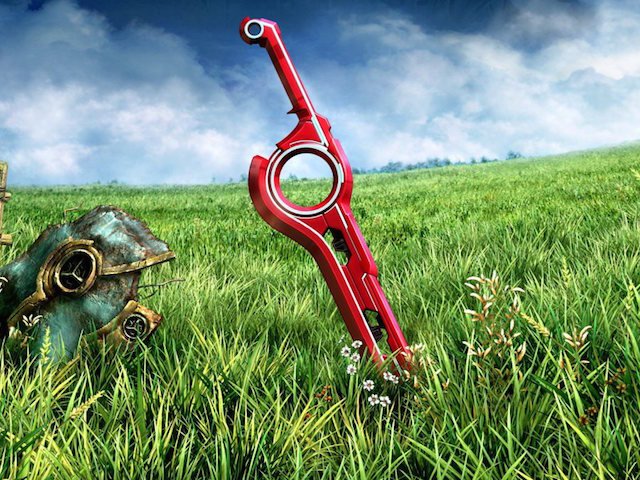Monado, Ronaldo, avacado… they’re all good by me.
The Nintendo Wii is remembered for a handful of different things—the popularization of motion controls, easy-to-develop shovelware, and the pack-in title being better than the vast majority of titles. One thing it wasn’t well-known nor remembered fondly for is its plethora of RPGs… mostly because there were only a few, and of those few, even fewer were worth talking about. But one of the better ones was Xenoblade Chronicles, which has been ported to the New Nintendo 3DS. Not only that, it’s the first game that actually requires the newer model of the 3DS. But in all honesty, quality of the content aside, it’s difficult to see why it needs the updated hardware.
Xenoblade Chronicles 3D is the story of the Incredible Shulk (I couldn’t resist calling him that) and a fantastical sword named “The Monado," as he attempts to defend humanity (called the Homs) from the mostly-mechanical Mechons. In the world’s ancient days, two massive warriors named Mechonis and Bionis fought to a stalemate, and since their double-KO, different species and generations have grown up on the foliage that has developed on their stationary bodies. Wielding the powerful Monado, Shulk and his friends are out to try and stop the Mechon once and for all. While the story is told well, though predictable by RPG standards, it’s the voice-acting that, for me, takes precedence in presentation. And that acting is top-notch.
After seeing what Monster Hunter 4 Ultimate did on the 3DS, labeling this as “New 3DS-only” is disappointing. With how much the story’s cut-scenes focus on individual character’s faces, the age of the game (and style of the presentation) is put front and center, and that presentation is outdated. Faces are painted on with little depth or definition, with Shulk—the protagonist and adorable blonde Super Smash Bros brawler—as the poster boy for the issue. It’s made more noticeable with the Monado’s effects of lighting up Shulk’s eyes for viewing the future; when he enters his sort-of “trance” state, the little glowing eyes are apparently an inch away from his face. Close-up details remind me of early PS2 games, but from a distance it’s comparable to MH4U with its wide-open grasslands and forests.
Battles might be the most active I’ve seen outside of button-mashing. Playing as Shulk, players target a single enemy (though attacks may hit multiple baddies in the way) and automatically hack away with a basic attack, waiting for their better attacks (called Arts) to have “reloaded” and become ready for use again. Each has a unique timer, so finding the right timing to continuously string together Arts becomes important. For Shulk specifically, there are two different levels of Arts: basic skills like slashes and supports, and powered-up Monado-specific skills.
There are also “Chain Attacks," where members of your party will, well, chain together attacks. When three characters are in a party, and they all reach a charged level of what I suppose is friendship, Chain Attacks can be chosen and, if chosen wisely, they can go on without having to worry about recharging Arts of similar affinity and can deal massive damage. These are pretty rare, unless I’m missing some magical secret to the formula, and are mostly available during boss battles. The rest of the time, it’s a hectic scramble of waiting for Shulk’s one health recharge to fill back up and using the D-pad to select attacks. There isn’t much dodging to be had, which is disappointing since few buttons are used in actual battle.
There are a metric buttload (it's a clinical term) of sidequests littered throughout the locales, some timed but most not. Picking up a number of a specific item, fighting a group or one powerful enemy, the missions are standard but scattered throughout the massive environments. It’s what you expect, but they have limited direction, so completing one can feel occasionally accidental. And with the ability to take every challenge at once, you may as well talk to everyone, since you won’t be able to focus on a single task well anyway.
I suppose the real draw here is the “need” for the new C-stick for camera controls. Like Daniel said in his hardware review for the console, the new nub takes some getting used to, and it’s easy at first to overcompensate, but after a few hours and some constant adjusting, it does become second nature. (Unless you’re like me and need an inverted axis or two, then it might take longer.) The rest of the controls—the circle pad for movement, the D-pad for Arts, the A button for selecting those Arts—are as quick and responsive as the action on the screen. Since they’re not used, I would have liked the shoulder buttons to work in similar fashion, especially as an immediate behind-the-back fix. But as I can jump to spaces on the map I’ve visited previously without the need to run extra hours to get back for reporting missions and whatnot, it’s a wash.
For a game with so much content, it’s at home on a portable screen, even if the 3D isn’t anything to write home about. (And at the higher settings is actually pretty painful… like Virtual Boy painful.) Xenoblade Chronicles 3D is an impressive title to add to the 3DS library. Now if only we could get more noteworthy profile, non-port games to portable consoles in general (and the 3DS specifically) that would be greeeeaaaat.
-
Environments are spacious and beautiful
-
Up close, it looks a generation old (for TV consoles, anyway)
-
Battling is hectic and thought-provoking
-
Plenty of missions to fulfill
-
A straight-up port, no portable bells or whistles
xenoblade-chronicles-3d
-
xenoblade-chronicles-3d #1
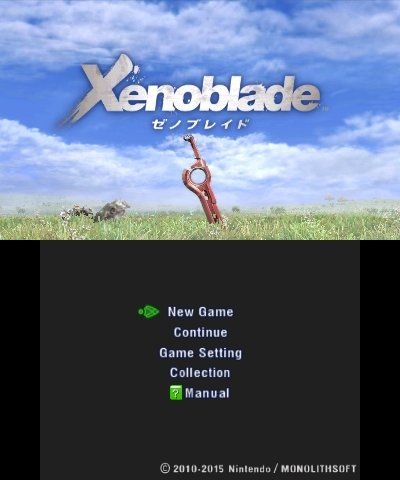
-
xenoblade-chronicles-3d #2
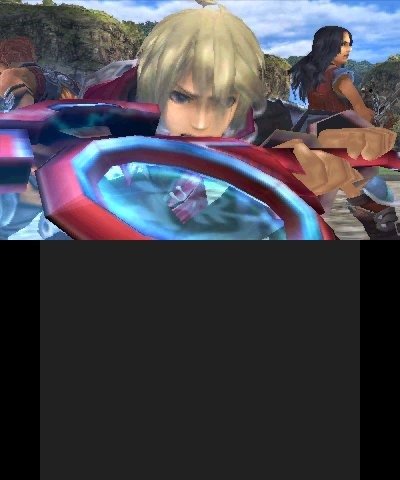
-
xenoblade-chronicles-3d #3
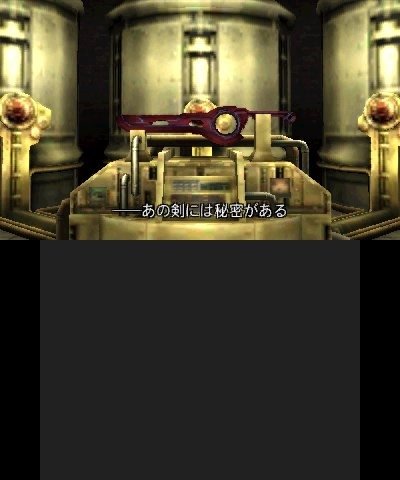
-
xenoblade-chronicles-3d #4
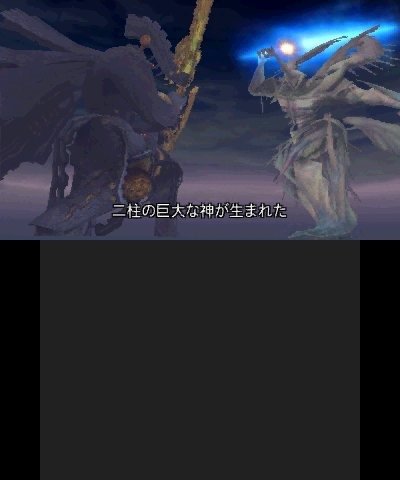
-
xenoblade-chronicles-3d #5
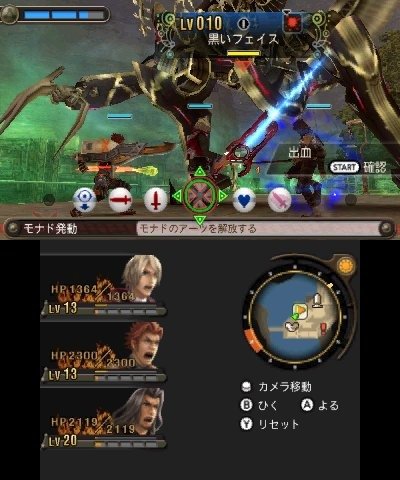
-
xenoblade-chronicles-3d #6
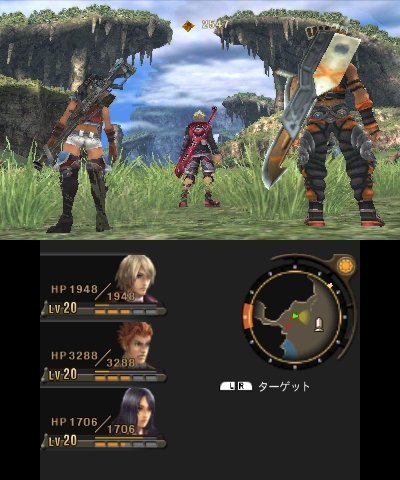
-
xenoblade-chronicles-3d #7
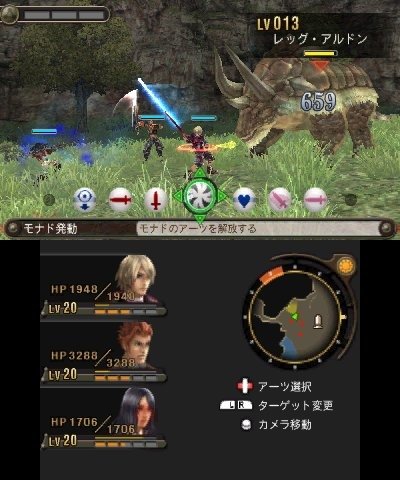
-
xenoblade-chronicles-3d #8
